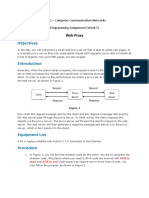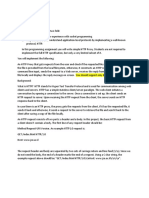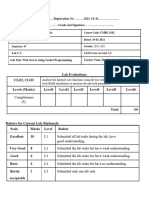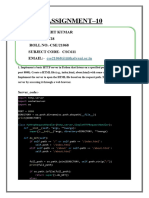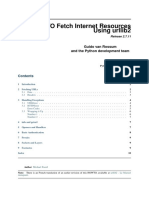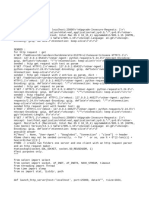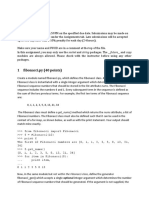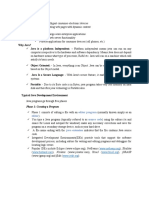0% found this document useful (0 votes)
18 views4 pagesProxy Server HTTP Request Report
This project report details the design and implementation of a basic HTTP proxy server that forwards HTTP GET requests and responses between clients and target servers. Built using Python, the server intercepts requests, processes them, and handles errors, but currently lacks support for HTTPS and advanced features. Future enhancements include adding support for HTTPS, caching, and user authentication.
Uploaded by
shivamk38812Copyright
© © All Rights Reserved
We take content rights seriously. If you suspect this is your content, claim it here.
Available Formats
Download as PDF, TXT or read online on Scribd
0% found this document useful (0 votes)
18 views4 pagesProxy Server HTTP Request Report
This project report details the design and implementation of a basic HTTP proxy server that forwards HTTP GET requests and responses between clients and target servers. Built using Python, the server intercepts requests, processes them, and handles errors, but currently lacks support for HTTPS and advanced features. Future enhancements include adding support for HTTPS, caching, and user authentication.
Uploaded by
shivamk38812Copyright
© © All Rights Reserved
We take content rights seriously. If you suspect this is your content, claim it here.
Available Formats
Download as PDF, TXT or read online on Scribd
/ 4



